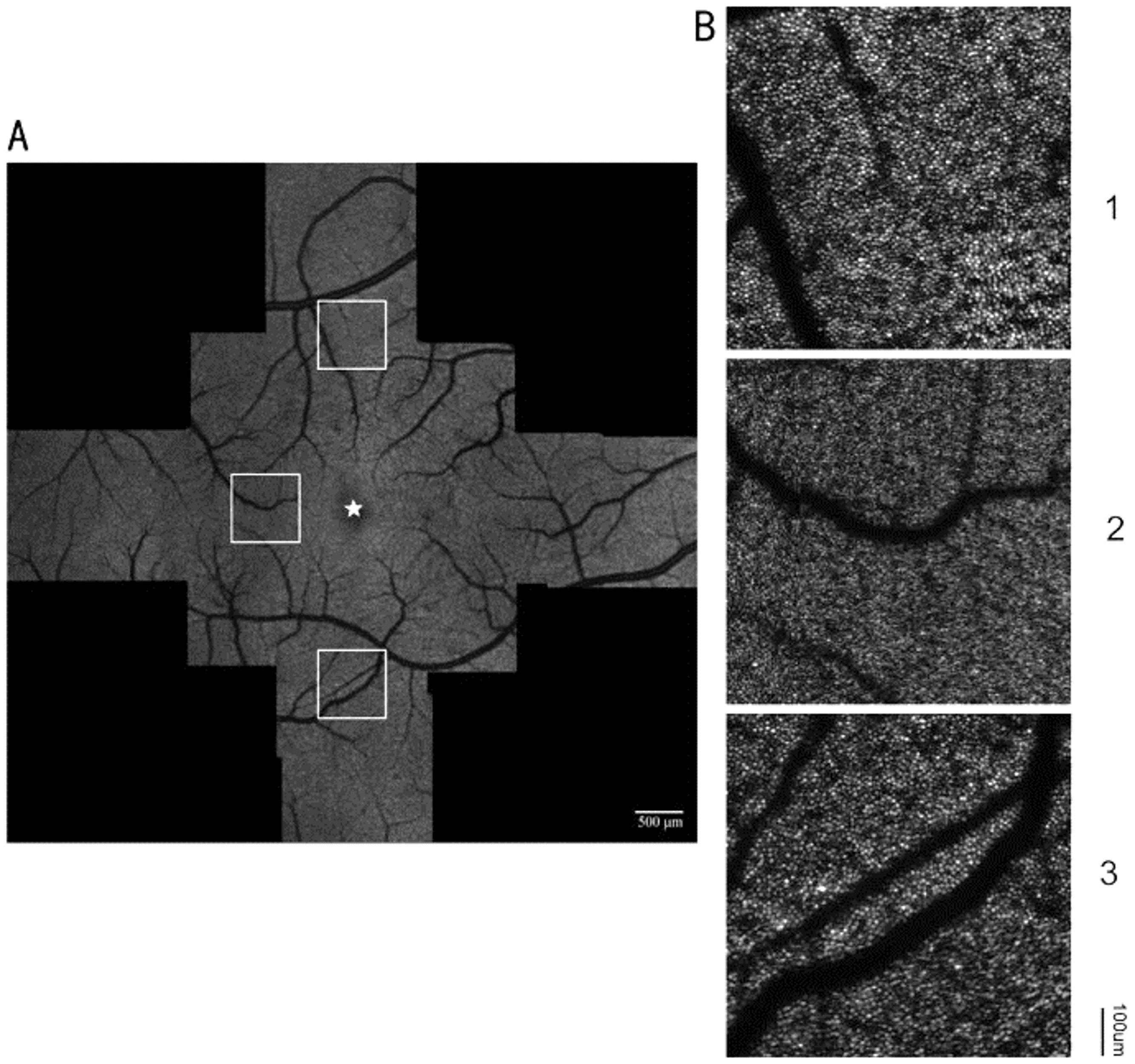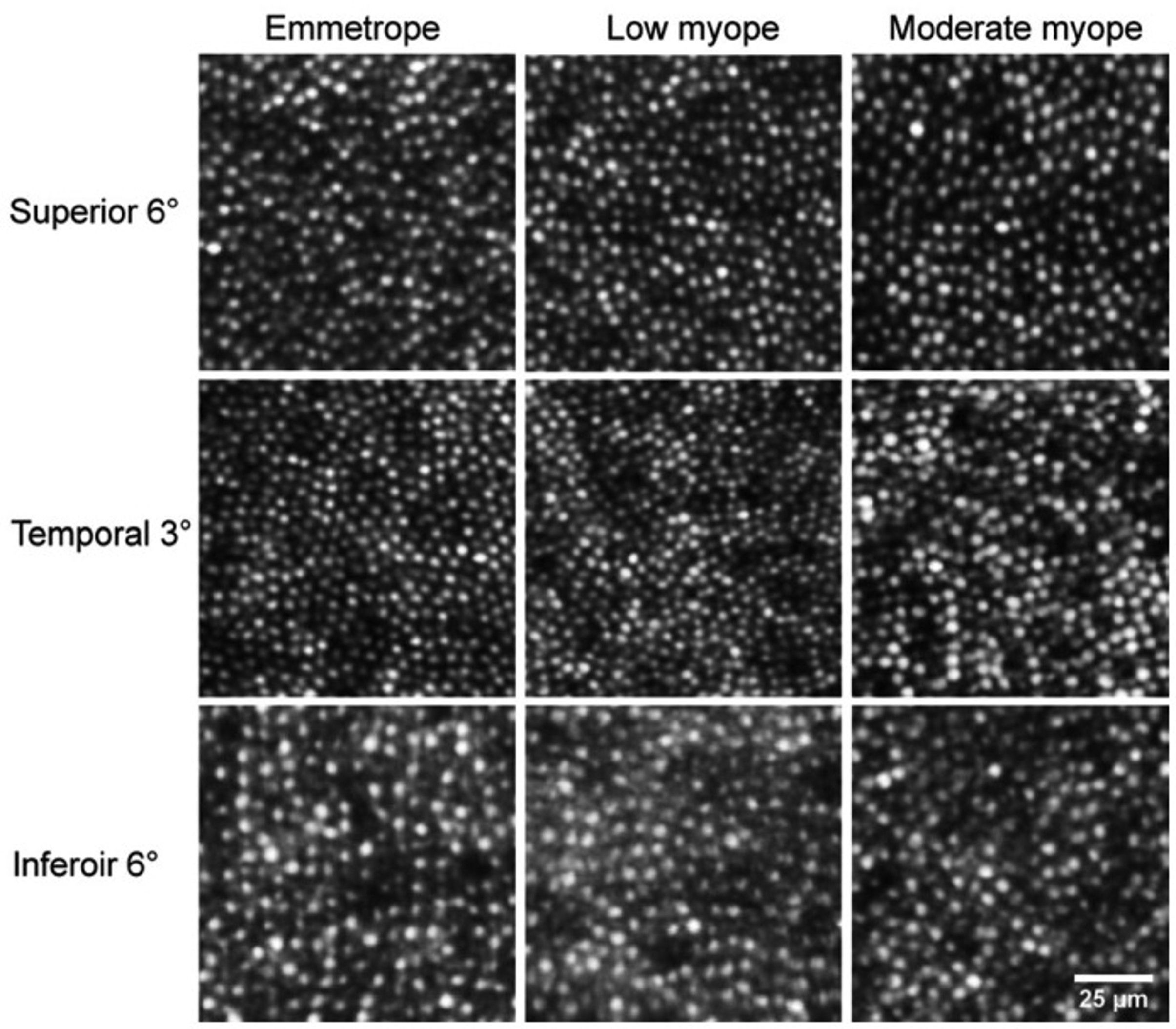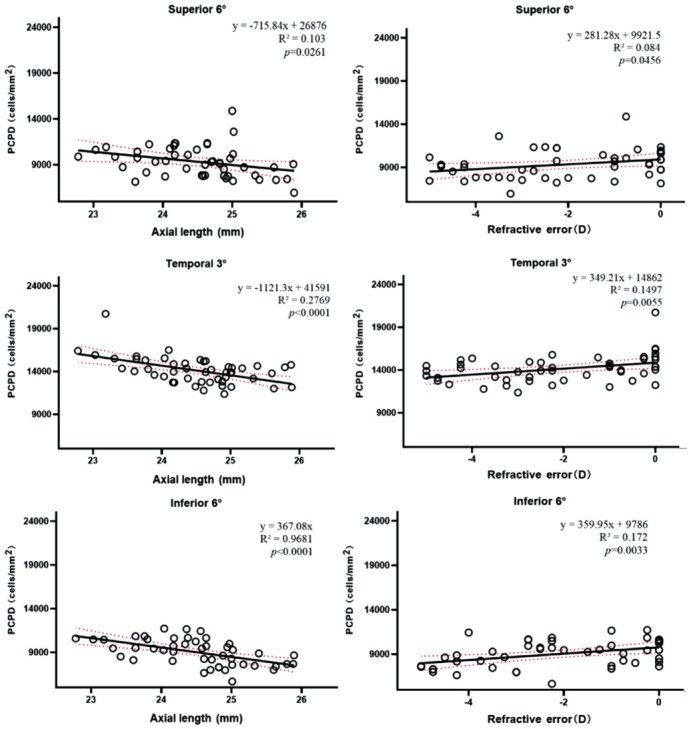Myopia is a prevalent global issue, especially in East and Southeast Asia. A research team from the Affiliated Eye Hospital of Nanjing Medical University studied it and published in the International Journal of Ophthalmology.
The study used Adaptive Optics Scanning Laser Ophthalmoscope (AOSLO) on 50 young healthy adults (14 emmetropic, 15 low - myopia, 21 moderate - myopia). They imaged 3° temporal, 6° superior, and 6° inferior retinal regions to analyze photoreceptor cell packing density (PCPD) and cell spacing.


Results showed the emmetropic group had the highest PCPD at 3° temporal. As myopia worsened, PCPD decreased and cell spacing in the moderate - myopia group increased. PCPD was positively correlated with axial length, especially at 6° inferior (R2=0.9681).

The research suggested these changes in PCPD and cell spacing were linked to myopia - related retinal stretching. Axial length was more closely related to PCPD than refractive error.
Yet, the study had limits like a small sample size, no foveal PCPD measurement, and image quality issues for high - refractive - error eyes. Future research should expand the sample and use more advanced imaging.


In summary, this study offers insights into myopia and photoreceptor cells, which may help develop better myopia control methods.
Article Link: https://pubmed.ncbi.nlm.nih.gov/40256027
